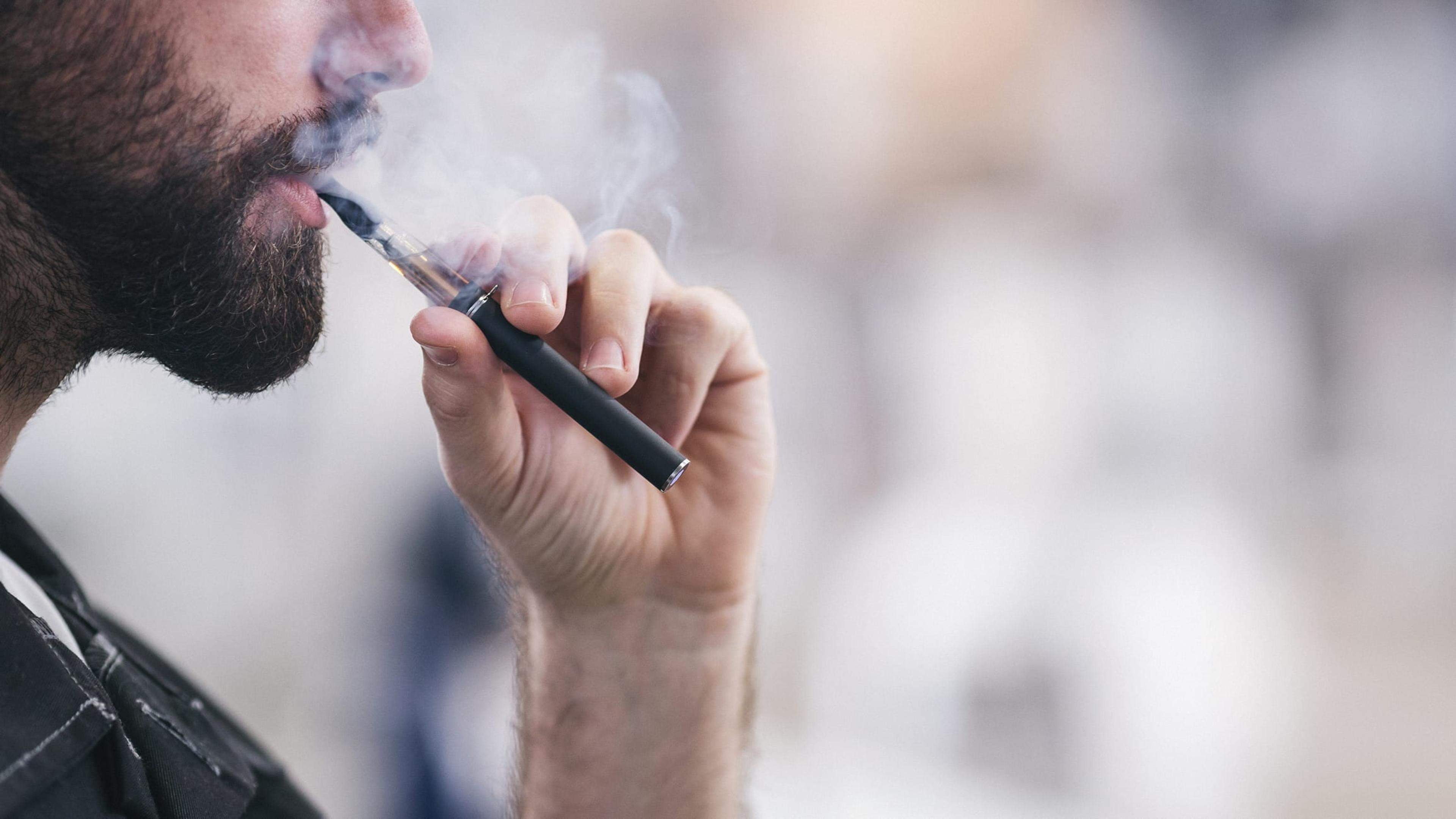
Vaping is growing in popularity, particularly among teens, but it doesn’t come without immediate side effects and risks. As vaping is relatively new, health experts still can’t fully know or predict the long-term health effects. While some cases of severe lung disease and related deaths have been linked to vaping, experts caution that beyond the immediate concerns of illness, vaping poses longer-term threats such as nicotine addiction and potential lung damage. Vaping involves breathing in an aerosol that contains many chemicals, including nicotine, different flavoring and sometimes cannabis, through an electronic cigarette or other device. It has grown into a multi-billion-dollar industry since first being introduced for consumption in 2007. By November of last year, the CDC had received more than 2,000 reports from 49 states of lung injuries because of vaping, as well as three-dozen confirmed vaping-related deaths. That same month, the CDC identified vitamin E acetate, a chemical additive in e-cigarette products, as a likely culprit, though the agency noted additional chemicals could be involved.
IS VAPING SAFER THAN CIGARETTES?
Vaping was initially seen as a potentially effective tool to help cigarette smokers quit by weaning themselves off their tobacco habits. Evidence on this point is mixed. In 2019, a large clinical trial found that smokers who switched to e-cigarettes were nearly twice as likely to remain off tobacco a year later as smokers who used traditional nicotine-replacement products. However, the study also found that 80% of the e-cigarette users were still vaping after the trial, indicating they had traded one addiction for another. According to the American Heart Association, many people think vaping is safer than smoking, but this is not necessarily the case. Both cigarette smoking and vaping are unhealthy habits and pose risks. Based on the available evidence, smoking cigarettes appears to be more harmful than vaping, but that does not mean vaping is safe. What health experts and the CDC recommend:
- Do not use e-cigarettes or other vaping products that contain THC, particularly from informal sources like friends and family or in-person and online dealers.
- Vitamin E acetate should not be added to any e-cigarette or other vaping products.
- People should not add any other substances not intended by the manufacturer to products, including products purchased through retail establishments.
- If using e-cigarettes to quit smoking, do not return to smoking tobacco. Consider using FDA-approved smoking cessation medications.
- Adults who do not currently use tobacco products should not start using e-cigarette or vaping products.
- E-cigarettes and other vaping products should never be used by youths, young adults or women who are pregnant.
INCREASE IN YOUTH VAPING
In recent years, young people have increasingly becoming targets of e-cigarette marketing. Last year, the CDC estimated that 27.5% of high school students vape, up from 20.8% in 2018 and 11.7% in 2017. That number has decreased in 2020, however, to 19.6%. In 2015, the U.S. surgeon general reported that 40% of young e-cigarette users in high school had never smoked regular tobacco. Comparing the safety of vaping and smoking cigarettes makes sense when discussing long-term adult cigarette smokers who are trying to switch to something safer and effective, but it’s not useful to compare the safety for a child or teenager who isn’t a regular smoker and isn’t trying to switch. While many long-term health consequences of e-cigarettes and vaping are still to be seen, it is important to get the word out about the known reasons not to vape. To learn more about the health risks associated with vaping, you may also want to read:
- Lung Illness Outbreak Linked to Vaping
- Panel: Teen Vaping Increases Likelihood of Addiction Issues as an Adult
- Want to Quit Using Tobacco? Help is Available for Blue Cross Members
Photo credit: danchooalex





